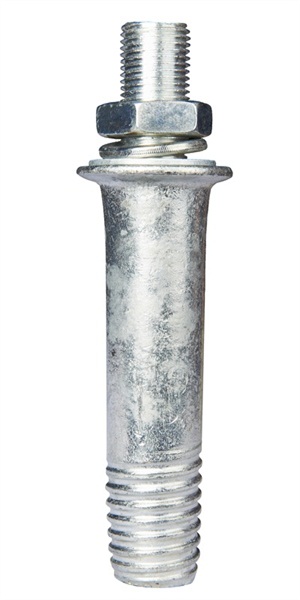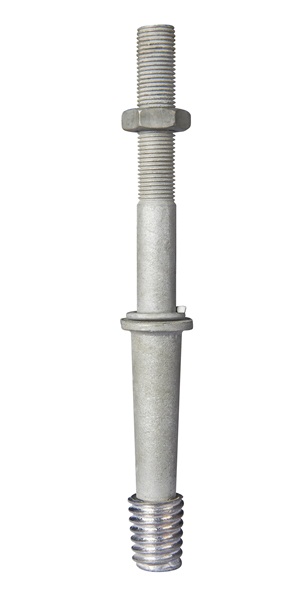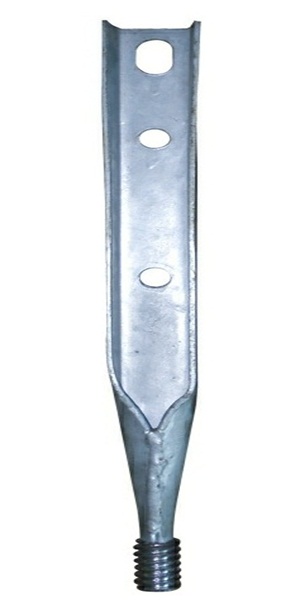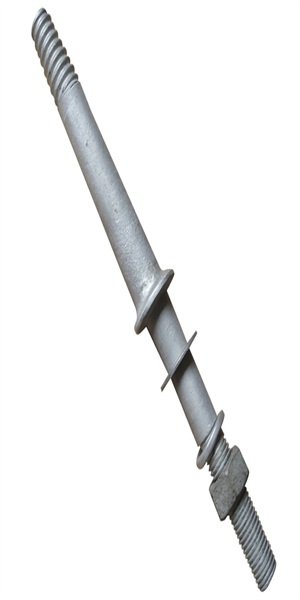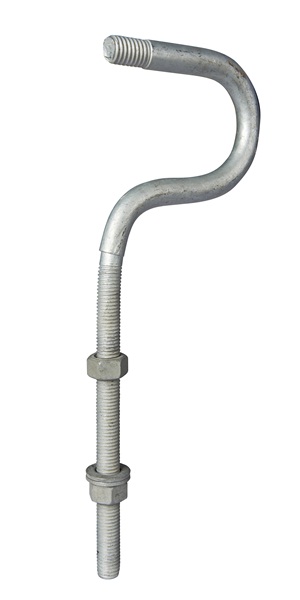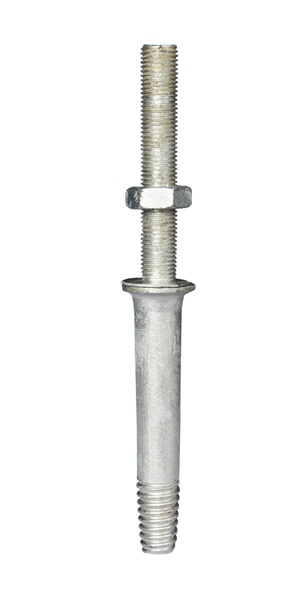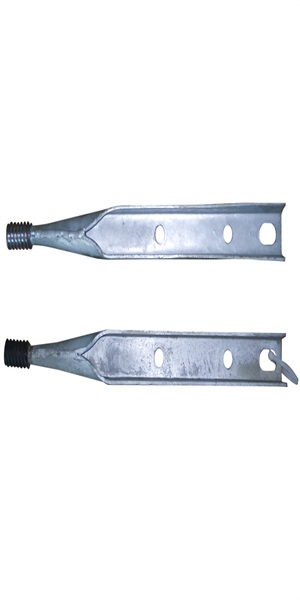Grafting robot technology is a kind of high-tech that integrates mechanical, automatic control and horticultural technology in the international market in recent years. It can make roots of vegetables and shoots with a diameter of several millimeters in a very short time. The grafting is integrated into one, which greatly increases the grafting speed. At the same time, due to the rapid jointing of the anvil and the ear, the long-term oxidation of the incision and the loss of liquid in the seedling are avoided, and the grafting survival rate can be greatly improved. Therefore, grafting robot technology is called a revolution in grafting seedlings. 100% of Japanese watermelons, 90% of cucumbers, and 96% of eggplants are grafted and cultivated, and more than one billion trees are grafted each year. Since 1986, Japan has started research on grafting robots. It is mainly based on Japan’s “Biosystem-specific industrial technology research and promotion institutionsâ€. Some large agricultural machinery manufacturers have participated in research and development, and the results have begun to be raised in some agricultural cooperatives. Center use. Seeing the broad prospects of vegetable grafting automation and grafting robot technology in agricultural production, some powerful Japanese manufacturers such as YANMA and MITSUBISHI have also researched and developed their own grafting robots, which involve watermelon, cucumber and tomato. In general, the grafting robot developed in Japan has a high level of automation, but the machine is bulky, complex, and expensive. In the early 1990s, South Korea also began research on automated grafting technology, but its research and development technology only completed the mechanical operation of part of the grafting operation. The automation level was low and the speed was slow, and the thickness of the anvil and earlings was More stringent requirements. In terms of vegetable grafting and breeding technology, Japan and South Korea have produced seedling nutrition trays for grafting seedlings. In Europe, agricultural developed countries such as Italy, France, etc., the grafting of vegetables is quite common, and the large-scale factory nursery center provides grafted seedlings to users throughout the year. Since these countries do not have their own grafting robots, some of the grafting operations are still hand-grafted, and some are carried out by Japanese grafting robots. Grafting robot in the greenhouse In 1997, China's facility cultivation area reached 1.2 million hectares, making it the world's largest facility cultivation country. In particular, the development of vegetable cultivation and plastic greenhouses with Chinese characteristics represented by solar greenhouses has been particularly rapid, and has now exceeded 10 million mu. It alleviates the contradiction between supply and demand of vegetables in the off-season, and it has also become an important way for Chinese farmers to get rich. However, due to the biological characteristics and growth environment characteristics of vegetables, flail diseases and low temperature barriers have been the main problems that seriously affect the production of vegetable plants. The prevention and treatment of these diseases, regardless of the selection of disease-resistant varieties, or the application of pharmaceutical agents, the control effect is not ideal. In the early 1980s, there was a cultivation method for grafting cucumber and watermelon to Yunnan black seed pumpkin, which improved the disease resistance and low temperature resistance. Practice has proved that grafting is currently the most effective way to overcome the disease and low temperature barriers of the melons and vegetables.
Spindle For Insulator is a slender rod or pin used in insulators as a anchor point to connect the insulators with electrical wires or cables. The Insulator Spindle is an important part of the ceramic Pin Insulator Spindle, which determines the mechanical strength of the Insulator Long Shank Spindle. Its purpose is to fix the insulator on overhead transmission lines or substations, and can use strain clamps, U-bolts, plates and various accessories.
We warmly welcome friends both domestic and abroad to visit our company, if you have any questions, please contact with us directly.
Insulator Spindle Insulator Spindle,Spindle For Insulator,Pin Insulator Spindle,Insulator Long Shank Spindle FUZHOU SINGREE IMP.& EXP.CO.,LTD. , https://www.cninsulators.com(2).jpg)
Advantage
1. No waste electric energy
2. Large grip strength
3. Easy to install
4. Make pressure balanced
5. Smooth surface long service life
6. Versatility
